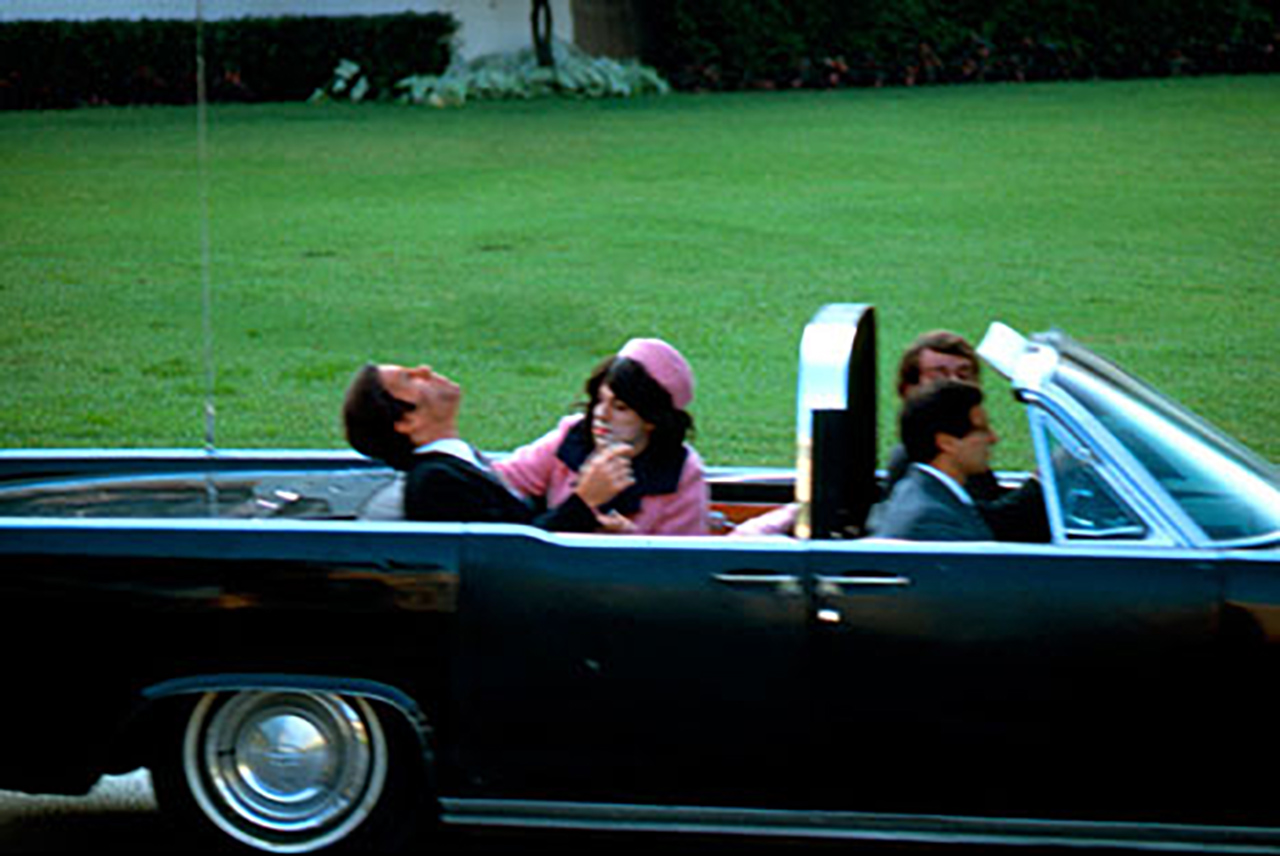 This micro-project is based on our study of Ant Farm to reflect on the nature of the meme as expressed through the mediated image. All three Ant Farm projects, Cadillac Ranch (tailfin), Media Burn (exploding televisions), and Eternal Frame (assassination of President Kennedy), have memetic qualities that live in the minds of those who have witnessed these images and their cultural connotation. The Ant Farm images are memetic because they are iconic and have entered into the culture as recognizable images with symbolic meaning.
This micro-project is based on our study of Ant Farm to reflect on the nature of the meme as expressed through the mediated image. All three Ant Farm projects, Cadillac Ranch (tailfin), Media Burn (exploding televisions), and Eternal Frame (assassination of President Kennedy), have memetic qualities that live in the minds of those who have witnessed these images and their cultural connotation. The Ant Farm images are memetic because they are iconic and have entered into the culture as recognizable images with symbolic meaning.

What exactly is a meme? Here is a definition:
An entity or concept or popular icon that travels quickly through the cultural bloodstream. A meme can take form as an image, video, piece of text, etc., often humorous in nature (although not always), that is copied and spread rapidly by Internet users, often with slight variations. Memes are an element of a culture or system of behaviour passed from one individual to another by imitation.
Here is another from Wikipedia:
A meme is an idea, behavior, or style that spreads from person to person within a culture—often with the aim of conveying a particular phenomenon, theme, or meaning represented by the meme. A meme acts as a unit for carrying cultural ideas, symbols, or practices, that can be transmitted from one mind to another through writing, speech, gestures, rituals, or other imitable phenomena with a mimicked theme. Supporters of the concept regard memes as cultural analogues to genes in that they self-replicate, mutate, and respond to selective pressures.
Working in groups, and using Photoshop, choose an image that has memetic quality, something from popular culture that is recognizable, such as a pop star, movie icon, historic figure, politician, logo, animal (cats), etc. (use your own imagination and knowledge of memes!). Each student can then search for a suitable meme image using Google, or a Website, or perhaps an image already on your hard drive. As we did in the previous glitch assignment, add elements to one another’s memes, including visual alteration, text, collage, graphical superimposition, etc. This time keep it recognizable, but stylized with changing meaning and juxtaposition of text and image. In other words the meme is passing through the hands of each student, a transformation that is typical of how memes pass through our culture, particularly in the digital age.
When each student’s meme has passed through the whole group, instead of posting on OSS, post on our OSS Facebook page. Then I want each student to comment on the posts of other students. I also want each student to share your post on your own timeline, encouraging your Facebook friends to comment further. For those who use Twitter, you can also post it there as well. Let’s see how our memes can go viral, spreading through the Internet as a study of how memes have a life of their own in the age of social media.
We are interested in how digital media allows for memes to be altered, remixed as they evolve and progress through the cultural stream. In the era of Ant Farm, this was done through postcards, artist books, and mail art, but now we have the Internet!
This is how our digital culture functions, and how we interact with memes through alteration, sharing, commenting, and other forms of social media interaction and participation.